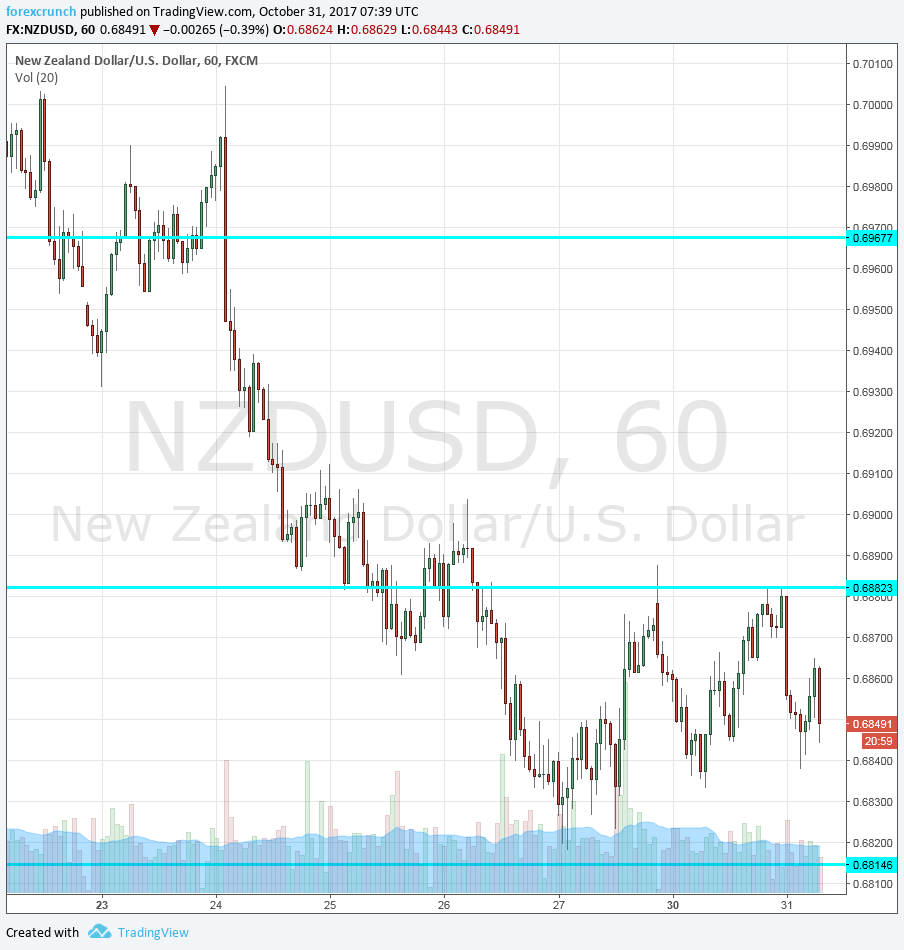The New Zealand dollar remains under pressure and is getting used to a new range. The kiwi has been on the back foot since the inconclusive elections on September 23rd. When the New Zealand First Party decided to go for Labour’s Jacinda Ardern, the kiwi continued south.
Markets preferred the center-right National Party which is considered more market-friendly and also represented continuity. They have been in power for around nine years.
New policy in New Zealand
Apart from the uncertainty, the new government introduced and discussed a few measures that could hurt the currency directly. They want to change the mandate of the RBNZ, to include an employment mandate in addition to an inflation one. This implies a more dovish stance, something the new government acknowledged.
The fresh news is that the government wants to ban foreigners (excluding Australians) from buying property in the country. This is meant to cool down Auckland’s housing market and will naturally lead to fewer flows of cash into NZ.
The new finance minister Grant Robertson added that the drop in the kiwi is “natural” and does not concern him. The RBNZ usually complains about the exchange rate being too strong, and now it got a weaker one.
NZD/USD levels
At the time of writing, kiwi/dollar is trading at 0.6850. Resistance awaits at 0.6880 and support is at 0.6815. Both were recent lines that define the current range. 0.6815 was also the low seen in May and therefore serves as a strong line of support.
Further significant support is at 0.6670, a swing low from June 2016. Even lower, we are back to a cushion last seen in early 2016: 0.6560.
Looking up, we find 0.6960 and 0.7050, both serving as stepping stones on the way down.














Leave A Comment